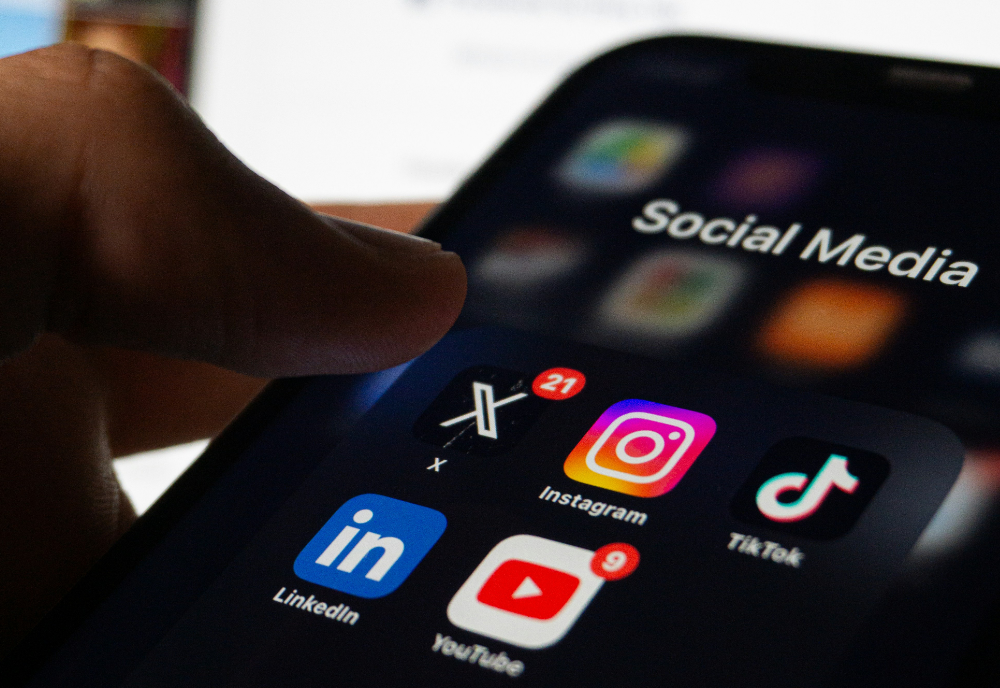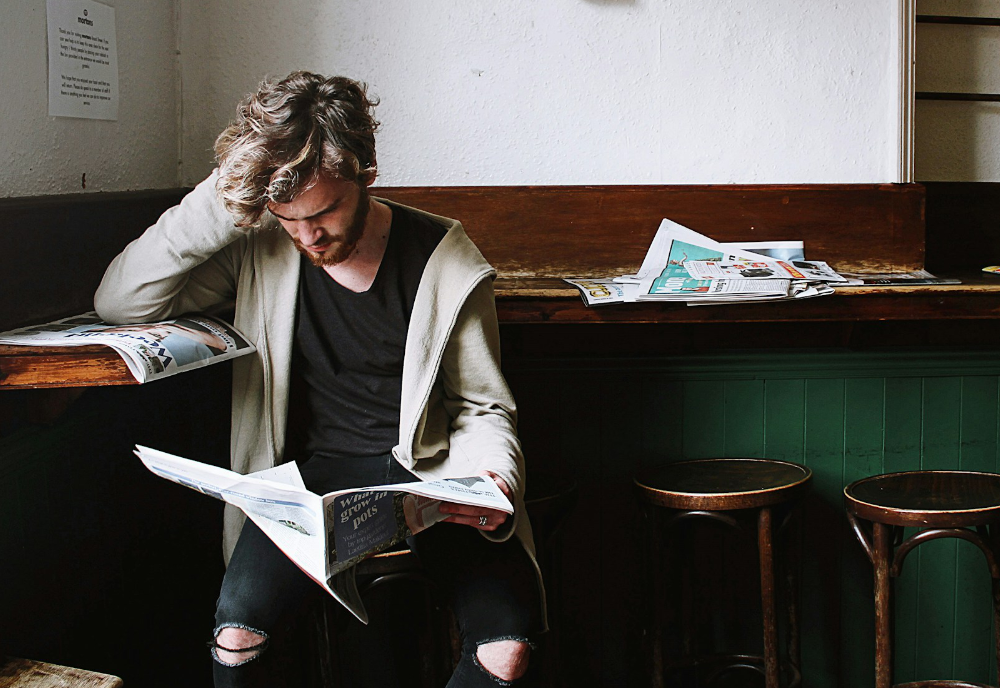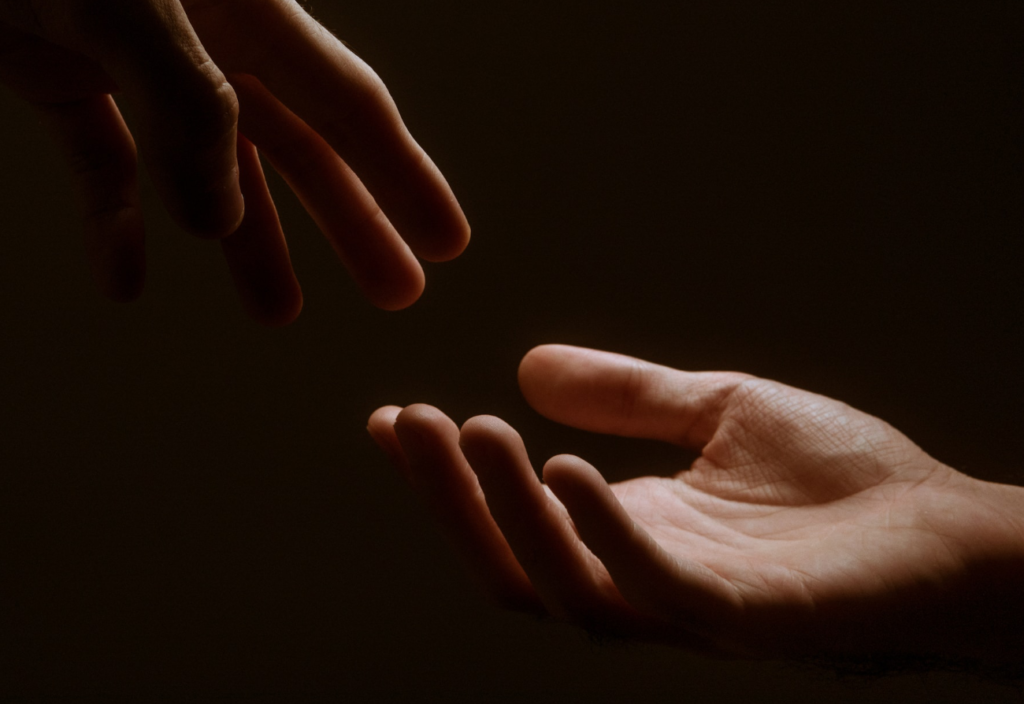By the end of 1930, Austrian-born theoretical physicist Wolfgang Pauli was experiencing a cascade of troubles that had begun almost three years earlier. His “crisis” was marked by his mother’s suicide in reaction to his father’s infidelity, and the end of his brief but troubled marriage to cabaret dancer Käthe Deppner. Pauli, a future Nobel laureate, turned to seeking psychiatric help and respite.
He turned to the famous Swiss analytical psychiatrist and psychoanalyst Carl Jung. He and his therapist would come to collaborate in a significant intellectual exchange exploring the relationship between the psyche and the physical world for some 25 years.
At the time, Jung was finalising his Liber Novus, the ‘Red Book’. He had commenced writing it in 1909 after losing his father to a heart condition.
The book followed his painful professional break with colleague and mentor Sigmund Freud. It was, in essence, a record of his personal journey into his unconscious, documenting, as he put it, “assaults of visions and fantasies.”
This is the brief story of the revolution that took place in the world of psychology and its intersection with physics in the early 20th century.
The roaring twenties
The roaring twenties was characterised by economic prosperity, rapid social and cultural change in Europe and the United States, with a mood of exuberant optimism often associated with jazz, flappers, and speakeasies.
The fields of psychiatry and physics were equally emboldened. Pioneering psychoanalyst Freud and successful psychoanalyst Jung were at the center of a revolution taking place in the world of psychology.
But, in the same vein as physicist and patient Pauli, Jung felt he had lost touch with his inner soul and his connection with his inner spirit. His fling with “assaults of visions” and with the realms of the occult and alchemy had actually taken hold when, as a solitary child, he imagined that he, like his mother, had two personas – that of a schoolboy of his time and that of an authority from the past.
Whether Jung necessarily believed in the occult and/or alchemy as literal truths is a contentious question, he did nevertheless author Psychology and Alchemy in 1944, in which he emphasised the importance of alchemy in relating to us the transcendent nature of the psyche.
What is clear is that Jung treated the human psyche in its relation to a broader, species-typical, transindividual repository of ancestral history and memory, containing archetypes, or universal inherited ideas and images. It is what he called the collective unconscious.
In physics, the beginning of the twentieth century saw the smug self-satisfaction of many physicists – who thought “there is nothing to be discovered in physics now” – quickly gave way to a staggering set of advances that marked a break from classical physics with the emergence of quantum mechanics, a science regarded as bizarre beyond our everyday intuition.
The theory of the quantum started unsuspectingly enough with German Nobel laureate Max Planck’s 1900 discovery that energy is emitted or absorbed not continuously but in discrete packets called “quanta”. It soon toppled, one after another, many of the notions held most near and dear by classical physicists.
French physicist Louis de Broglie soon proposed that all matter (including ourselves) can behave as both a wave and a particle. He was awarded the 1929 Nobel Prize in physics.
Then, in the late 1920s, came two of the most jaw-dropping aspects of quantum mechanics, quantum superposition (where a particle can exist in multiple states simultaneously until it is observed) and quantum entanglement (where two particles become linked in such a way that they share the same fate), no matter how far apart they are.
In 1924, Pauli was 24 years old and completing his habilitation (postdoctoral degree) when he made his breakthrough discovery – a formulation now known as the Pauli exclusion principle. The principle underpins the structure of atoms, the periodic table, chemical bonding, star formation, and even why we can’t walk through walls.
One of the founders of quantum mechanics, Neils Bohr, despite being described as an entity realist is quoted saying “everything we call real is made of things that cannot be regarded as real.” This 1934 remark highlights the paradoxical nature of reality as understood through the lens of quantum mechanics – a remark, undoubtedly for Jung, a gift from ‘physics manna’.
It wasn’t long before philosophers and thinkers – notably Fritjof Capra, Gary Zukav, and Carlo Rovelli – studied connections between Zen Buddhism and quantum physics, highlighting perceived parallels in their views on reality and the nature of existence.
Jung was fascinated by the revolutionary ideas of the new physics, especially, for example, the Copenhagen interpretation of quantum mechanics, which emphasised the role of the conscious observer in shaping quantum reality.
At the same time, Pauli’s physics and his largely platonistic variety of philosophy were beginning to be intertwined – much more so with his affiliation with Jung, forming an integral part of his scientific and personal conviction and persuasion.
Jung validated Pauli’s psycho-philosophical beliefs. In so doing, he helped shift Pauli’s early attempts to ground theoretical physics in a positivist framework toward a kind of an interpretivism in which intuitive visualisations of entities formed his underlying reality to the sensible physical world.
Jung and Freud
The revolution taking place in the world of psychology in the 1920s was based on Freud’s radical concept of the unconscious. People were said to be driven by repressed urges, often stemming from sexual or aggressive urges, or painful childhood memories.
Ironically, this was at a time when Victorian society prided itself on being highly rational, individual and civilised. Initially, Jung was one of the few who had embraced Freud’s provocative ideas. The two quickly became partners in promoting psychoanalysis and slowly gained the respect of the mainstream medical community.
Although he found in Freud an important professional teacher and a father figure, Jung carried lingering uncertainties about some of his mentor’s theories, as Freud was “too closed, too narrow.” In a 1959 BBC interview, Jung said:
“I liked him very much. But I soon discovered that, when he had thoughts on things, then it was settled while I was doubting all along the line.”
Freud’s “it’s sex or nothing” deportment caused the rupture between them. Things came to a head in 1913 when Jung published the first of the ‘Black Books’ directly contradicting Freud’s ideas.
Desperate to find his way personally and professionally, Jung began a process of a prolonged and deep self-analysis.
“If I can’t continue to practice psychoanalysis using Freud’s terms and methods, I have to create a system of my own.”
Jung had studied many of the world’s cultures and religions. He observed that even the most dissimilar people shared common ideas, ideals, and behavior patterns. For example, he found that native American Indians had certain stories and rituals in common with tribes in Africa and other cultures.
“These things are in common and these people don’t know anything about each other. They have no way to communicate with each other. How is it, why is it, that they are all telling a very similar if not the exact same version of this same story?”
In a 1936 lecture, Jung formulated one of his most comprehensive and final definitions of the concept of the collective unconscious:
“The collective unconscious is a part of the psyche which can be negatively distinguished from the personal unconscious by the fact that it does not, like the latter, owe its existence to personal experience and consequently is not a personal acquisition.”
Jung sought to demonstrate, with questionable success, the emergence of national-socialism within German culture in the 1930s as a manifestation of the collective unconscious through the influence of Wotan, the teutonic god of storms and war.
In the 20 years to 1930, and particularly after his split with Freud, Jung started to explore the concept of universal patterns in the psyche – a concept intrinsically linked to his theory of the collective unconscious, and later termed ‘archetypes’.
“Every culture has certain classical, typical behavior modalities, like the hero. You can go from east to west, north to south, you can recognize a hero. Or the father as the great, good figure who dispenses all knowledge and all wisdom, an unforgiving, disapproving mother.”
Pauli and Jung
Pauli’s story offers a unique opportunity to study the intersection of rationalism and non-rationalism, more specifically the intersection of science and mysticism. Pauli was widely known for his acerbic personality. He is less well known for his wide-ranging intellectual interests.
There is no doubt Pauli was among the most brilliant physicists of the 20th century, known for his rigorous and critical approach to scientific theories, often dismissing those he deemed lacking or untestable. This earned him the nickname “the conscience of physics.”
When Pauli first contacted Jung in 1932, he expected to be treated by the founder of analytical psychology himself. Instead, Jung assigned Pauli to his young assistant, Erna Rosenbaum.
Jung explained that, given Pauli’s issues with women, he might best be analysed at first by a female therapist. Her role was to write down Pauli’s dreams until he was confident enough to jot them down himself. Interestingly, modern studies suggest that the association between patient or therapist gender and treatment outcome is weak.
After about five months, Jung started treating Pauli directly. The patient would open up about his emotional turmoil, erratic behavior, alcohol dependency, and issues dealing with women – in other words, the perfect ‘subject’. Here was an extraordinary find: a prominent physicist who had complex dreams he could remember with ease.
Of course, it wasn’t just a research project. Jung genuinely wanted to help Pauli become more aware of his stifled feelings. The gist of Jung’s treatment was to show Pauli how his emotional self, symbolised by the anima archetype (feminine aspect within a man’s unconscious), was repressed in favor of pure intellect.
One of the remarkable aspects of the Pauli–Jung collaboration was how their rhetoric converged. Jung became adept in quantum physics, including the key role of observers. Pauli became immersed in the studies of mysticism, numerology, and ancient symbolism.
Einstein’s discovery of space-time in 1905 and his general theory of relativity in 1915 changed everything people thought they knew about the universe. Suddenly, we lived in a world of relativity. Einstein discovered that much of our understanding of physics is relative – that reality is true for particular frames of reference and is not absolute.
In the hands of a psychoanalyst, it wasn’t hard to draw new meaning from this physics. What if our thoughts are also all relative? And what about the ‘thoughts’ of our perceptions, like sensations and feelings?
French-born American writer Anaïs Nin wrote in 1941: “We don’t see things as they are; we see them as we are”. It is a quote that can be loosely linked with the Talmudic idea about dream analysis – that people can only dream about things they have encountered or thought about.
In the new physics, Jung sought, however tenable, the possibility that awareness itself may be an aspect of quantum mechanics and relativity theory, thus linking awareness to the fundamental fabric of the universe.
I certainly think the philosopher Immanuel Kant’s considerations of the noumenon (the thing in itself) and the phenomenon (the thing we can ‘know’) have their place here.
Jung’s interest in space-time stemmed from his exploration of synchronicity – a concept suggesting meaningful coincidences that transcend causal relationships and the limitations of space and time.
The emergence of synchronicity
Jung’s developing notion of synchronicity based on dynamic Einsteinian notions of space and time could certainly benefit from a physicist’s voice.
In the 1930s, Jung began to hone his notion of synchronicity in preparation for developing a treatise on the subject. With Pauli’s help, he hoped to shape it into a key principle that would be acknowledged by the psychological community.
As part of that goal, he aspired to develop his own emblem — a ‘quaternio’ — as shorthand for how nature is connected.
Jung scheduled a two-part series of talks on the subject in 1950. He theorised that things could be connected without a causal link, without a “this action leads to that”. Synchronicities, rather than happening linearly, happen laterally across space and time.
After all, quantum mechanics had already demonstrated a phenomenon where two particles become linked in such a way that they share the same fate, regardless of the distance separating them.
In preparation for the talks, Jung sent Pauli a letter that included a quaternio diagram (a convenient mathematical notation for representing spatial orientations) that juxtaposed causality with correspondentia (a term referring to acausal connections) and space with time.
Pauli responded with a technical critique about Jung’s division of space and time. Einstein’s revolution, Pauli pointed out, merged space and time into a single entity. He suggested a modified diagram, which Jung accepted enthusiastically.
While the psychoanalysis of Jung and Freud is not used in its original form today, psychodynamic therapy, drawing heavily from Jungian and Freudian principles, is a more modern and widely practiced approach.
Also, we understand synchronicity to be the occurrence of meaningful coincidences that seem to have no cause. The underlying idea is that there is unity in diversity. It’s important to note that synchronicity is not a universally accepted or practiced approach in therapy, and its use can vary significantly among therapists.
Published 22 April 2025.
If you wish to republish this original article, please attribute to Rationale. Click here to find out more about republishing under Creative Commons.









